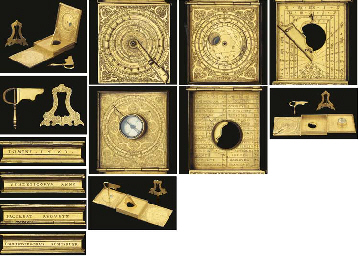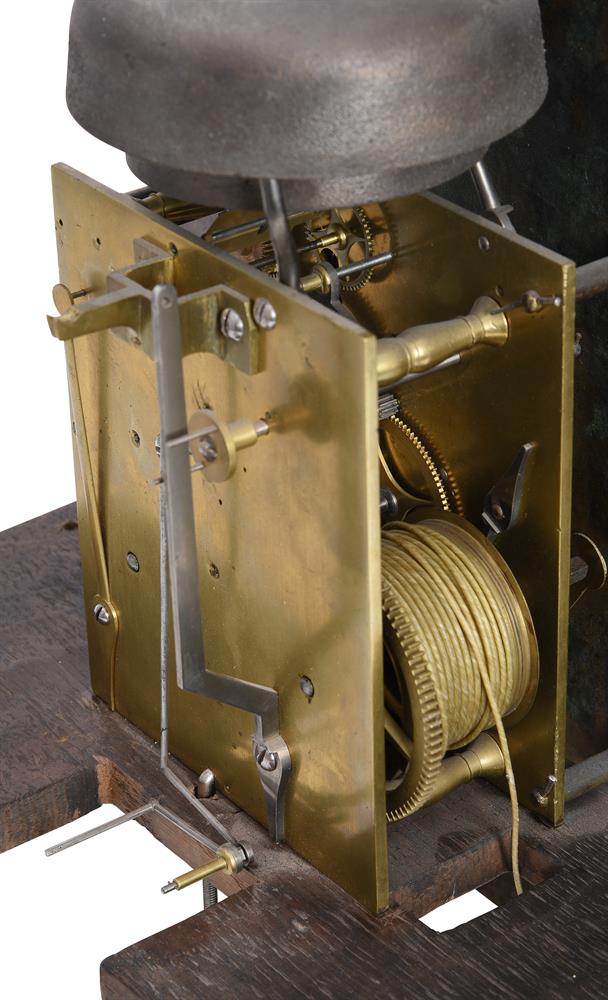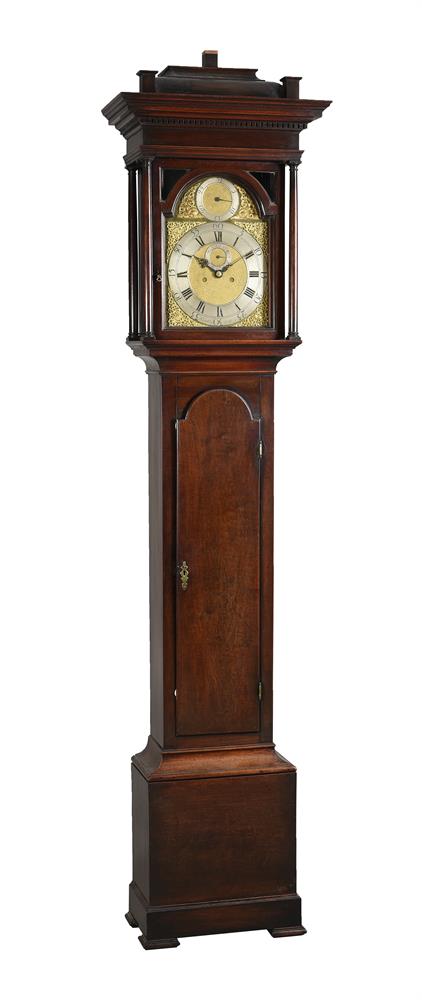A particularly fine Second World War C.B.E., Great War pilot’s M.C. group of eleven awarded to Air Commodore H. J. F. Hunter, Royal Air Force, late Rifle Brigade and Royal Flying Corps, who, having been wounded as a young infantry officer in France in 1915, transferred to the R.F.C., won the M.C. for numerous missions flown over the Somme in 1916, commanded No. 9 Squadron in the Ypres salient in 1917 and No. 42 Squadron from the “German Spring Offensive” until the War’s end: very much a C.O. who led from the front, he was however unable to turn the tide of war as A.O.C. (Bombers) in the face of the Japanese invasion of Sumatra in February 1942 - but did win the C.B.E. for his courage under attack as a Station C.O. in the U.K. The Most Excellent Order of the British Empire, C.B.E. (Military) Commander’s 2nd type neck badge, silver-gilt and enamel; Military Cross, G.V.R.; 1914-15 Star (Lieut., Rif. Brig.); British War and Victory Medals (Major, R.A.F.); 1939-45 Star; Pacific Star, clasp, Burma; Defence and War Medals, M.I.D. oak leaf; Jubilee 1935; Coronation 1937, very fine and better (11) £3500-4000 Footnote C.B.E. London Gazette 24 September 1941. The original recommendation states: ‘This officer has commanded an operational station with two heavy bomber squadrons since September 1939, when he took over command of the R.A.F. Station, Driffield. After severe bombing and successive attacks which necessitated the transfer of the two squadrons, he opened up R.A.F. Topcliffe and has continued operations under most difficult conditions. He has shown unfailing loyalty, keenness and devotion to duty and does not spare himself in directing, guiding and encouraging his crews. The fact that the station and squadrons are full of fight is due a great deal to the example of steady courage and calm control of Group Captain Hunter during bombing attacks, one of which was more severe than on any other station in England.’ M.C. London Gazette 20 October 1916: ‘For conspicuous gallantry and skill. He has done fine work for the artillery and has accounted for many enemy guns. On one occasion, when a heavy storm drove all other machines back to their aerodromes and the enemy guns took the opportunity to become active, he remained up and did fine work.’ Henry John Francis Hunter was born in December 1893 and was educated at Eton and the Royal Military College, Sandhurst. Commissioned in the Rifle Brigade as a 2nd Lieutenant in February 1913, he was wounded in the legs by a bomb explosion near Poperinghe in September 1915, while serving in the 1st Battalion, at which point, following his recovery, he successfully applied for pilot training in the Royal Flying Corps. Awarded his “Wings” after attending courses at Reading and Castle Bromwich in May 1916, he flew out to France with No. 34 Squadron, the unit’s B.E. 2e aircraft causing much mirth on arrival at St. Omer, on account of ‘the number of suitcases and odd parcels tied to the under-carriage struts and also alongside the fuselages’ (his extensive Staff College ‘service experiences’ submission refers). A day or two later, No. 34 arrived at Lilbourne, and quickly commenced work as an artillery co-operation unit over the Somme, a period later described by Hunter in his Staff College submission, from which the following extracts have been taken: “Archie”: ‘I well remember one morning I was on the line at dawn and found some lorries behind the village of Martinpoich. Very pleased with myself I was going down to drop my four 25lb. bombs, which were carried on all trips, when “Archie” with his first round broke most of my top plane extension and cut the aileron controls.’ On machine-gun and rifle fire: ‘I was very impressed with the German M.G. and rifle fire. It seemed to be very well organised. Ammunition was rarely wasted if one was over 2,000 feet, but the moment one came down below that height, one was kept under continuous fire. M.Gs seemed to be organised in batteries behind the lines and betwe
A particularly fine Second World War C.B.E., Great War pilot’s M.C. group of eleven awarded to Air Commodore H. J. F. Hunter, Royal Air Force, late Rifle Brigade and Royal Flying Corps, who, having been wounded as a young infantry officer in France in 1915, transferred to the R.F.C., won the M.C. for numerous missions flown over the Somme in 1916, commanded No. 9 Squadron in the Ypres salient in 1917 and No. 42 Squadron from the “German Spring Offensive” until the War’s end: very much a C.O. who led from the front, he was however unable to turn the tide of war as A.O.C. (Bombers) in the face of the Japanese invasion of Sumatra in February 1942 - but did win the C.B.E. for his courage under attack as a Station C.O. in the U.K. The Most Excellent Order of the British Empire, C.B.E. (Military) Commander’s 2nd type neck badge, silver-gilt and enamel; Military Cross, G.V.R.; 1914-15 Star (Lieut., Rif. Brig.); British War and Victory Medals (Major, R.A.F.); 1939-45 Star; Pacific Star, clasp, Burma; Defence and War Medals, M.I.D. oak leaf; Jubilee 1935; Coronation 1937, very fine and better (11) £3500-4000 Footnote C.B.E. London Gazette 24 September 1941. The original recommendation states: ‘This officer has commanded an operational station with two heavy bomber squadrons since September 1939, when he took over command of the R.A.F. Station, Driffield. After severe bombing and successive attacks which necessitated the transfer of the two squadrons, he opened up R.A.F. Topcliffe and has continued operations under most difficult conditions. He has shown unfailing loyalty, keenness and devotion to duty and does not spare himself in directing, guiding and encouraging his crews. The fact that the station and squadrons are full of fight is due a great deal to the example of steady courage and calm control of Group Captain Hunter during bombing attacks, one of which was more severe than on any other station in England.’ M.C. London Gazette 20 October 1916: ‘For conspicuous gallantry and skill. He has done fine work for the artillery and has accounted for many enemy guns. On one occasion, when a heavy storm drove all other machines back to their aerodromes and the enemy guns took the opportunity to become active, he remained up and did fine work.’ Henry John Francis Hunter was born in December 1893 and was educated at Eton and the Royal Military College, Sandhurst. Commissioned in the Rifle Brigade as a 2nd Lieutenant in February 1913, he was wounded in the legs by a bomb explosion near Poperinghe in September 1915, while serving in the 1st Battalion, at which point, following his recovery, he successfully applied for pilot training in the Royal Flying Corps. Awarded his “Wings” after attending courses at Reading and Castle Bromwich in May 1916, he flew out to France with No. 34 Squadron, the unit’s B.E. 2e aircraft causing much mirth on arrival at St. Omer, on account of ‘the number of suitcases and odd parcels tied to the under-carriage struts and also alongside the fuselages’ (his extensive Staff College ‘service experiences’ submission refers). A day or two later, No. 34 arrived at Lilbourne, and quickly commenced work as an artillery co-operation unit over the Somme, a period later described by Hunter in his Staff College submission, from which the following extracts have been taken: “Archie”: ‘I well remember one morning I was on the line at dawn and found some lorries behind the village of Martinpoich. Very pleased with myself I was going down to drop my four 25lb. bombs, which were carried on all trips, when “Archie” with his first round broke most of my top plane extension and cut the aileron controls.’ On machine-gun and rifle fire: ‘I was very impressed with the German M.G. and rifle fire. It seemed to be very well organised. Ammunition was rarely wasted if one was over 2,000 feet, but the moment one came down below that height, one was kept under continuous fire. M.Gs seemed to be organised in batteries behind the lines and betwe





/115888/Internet%20Image%201.jpg)
/112196/Internet%20Image%201.jpg)

/56149/Internet%20Image%201.jpg)
/87194/Internet%20Image%201.jpg)
/65734/Internet%20Image%202.jpg)


/121417/Internet%20Image%201.jpg)
/98328/Internet%20Image%201.jpg)
Try LotSearch and its premium features for 7 days - without any costs!
Be notified automatically about new items in upcoming auctions.
Create an alert